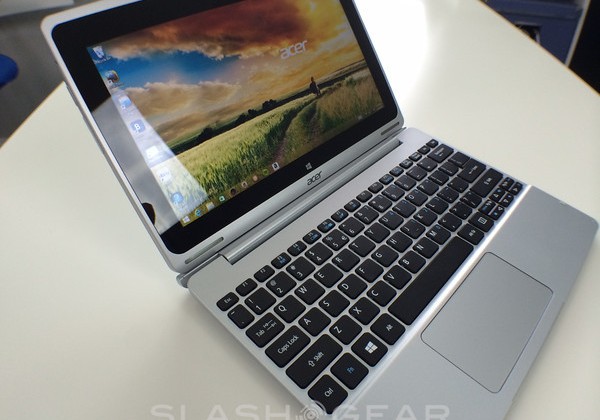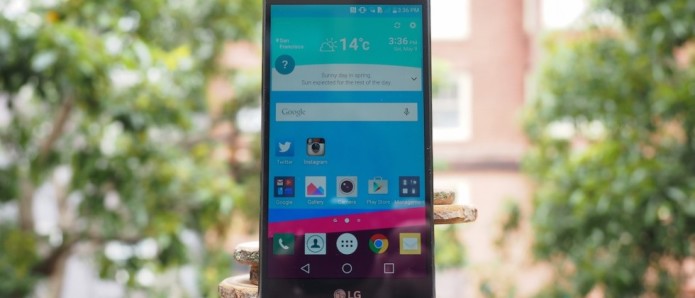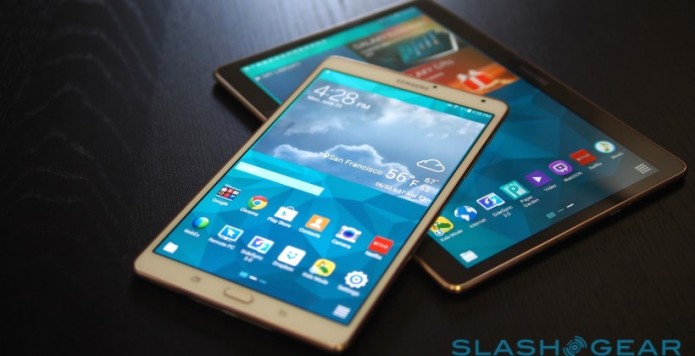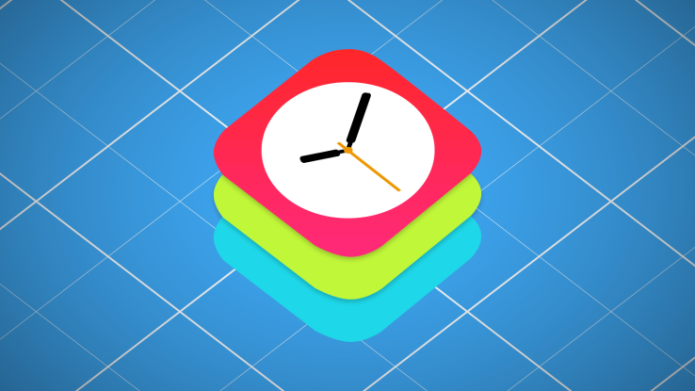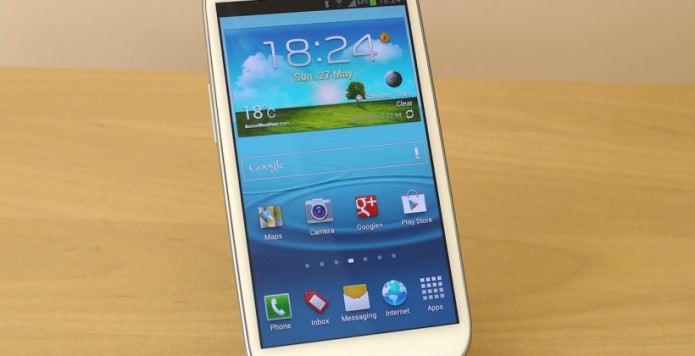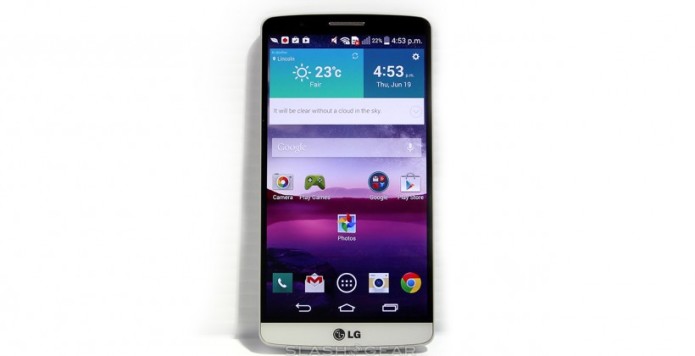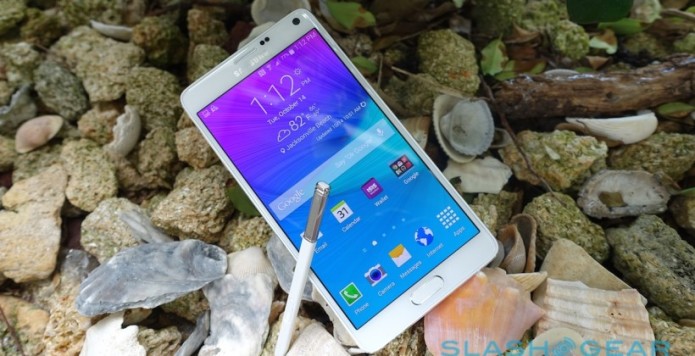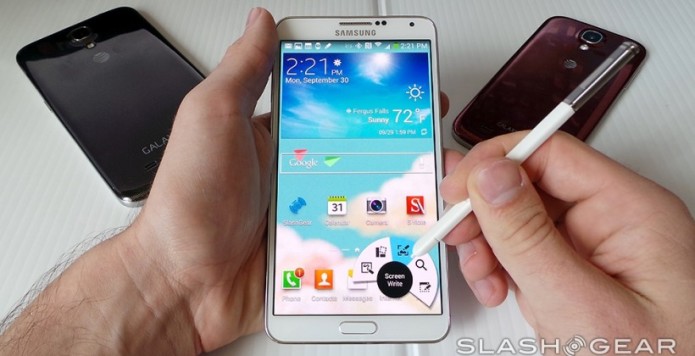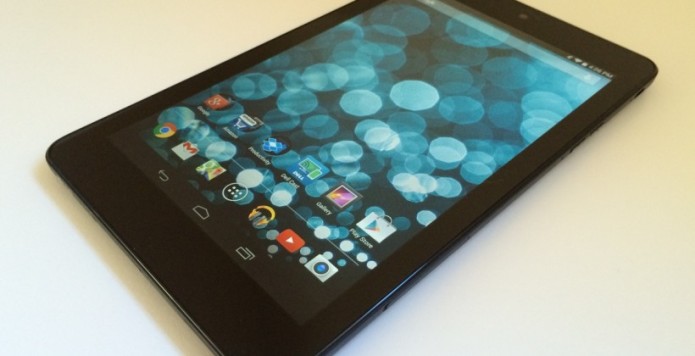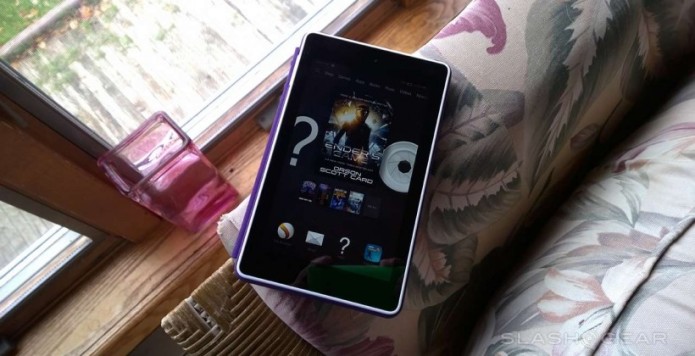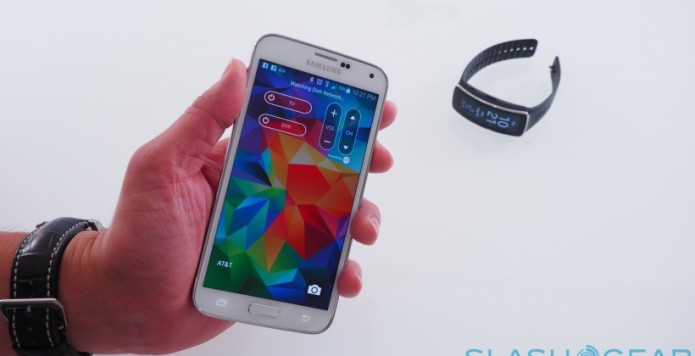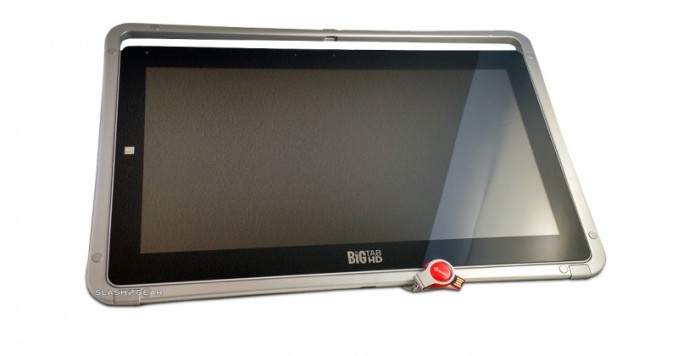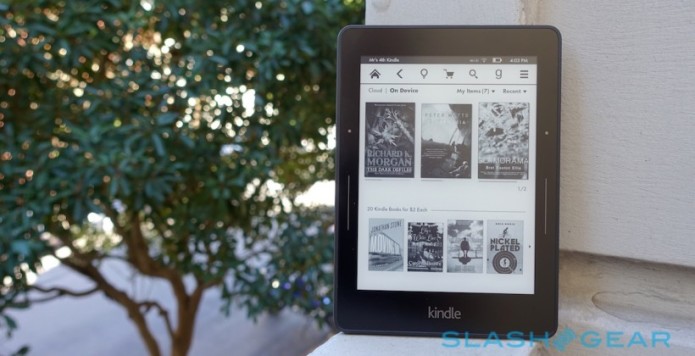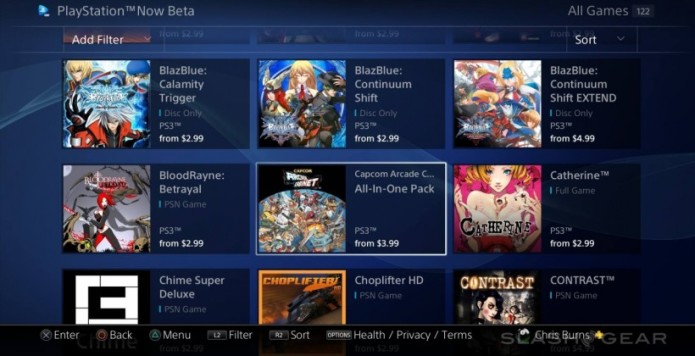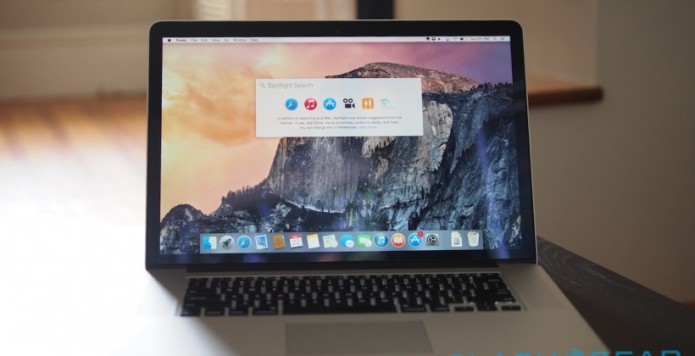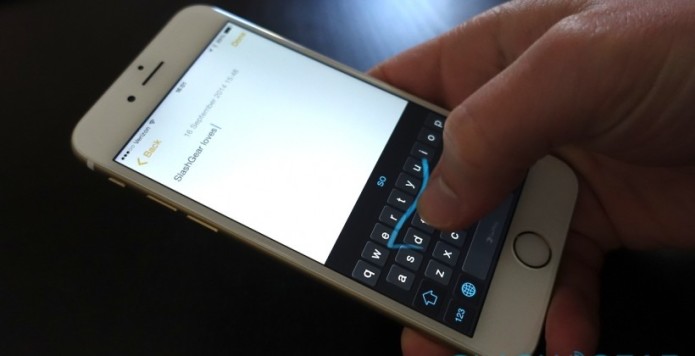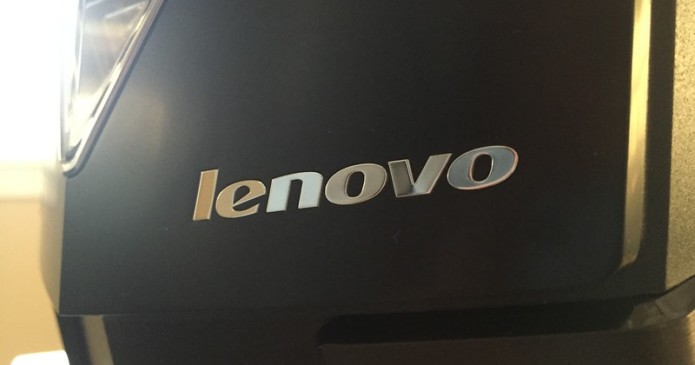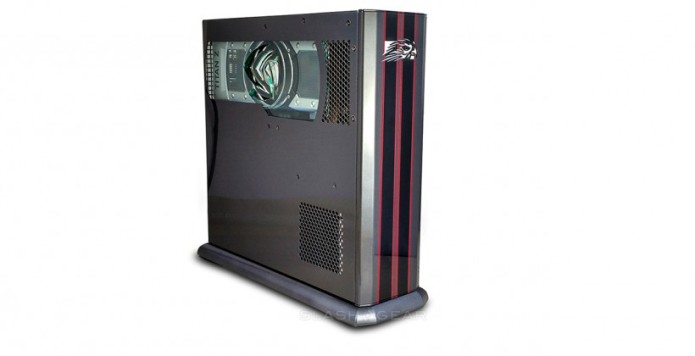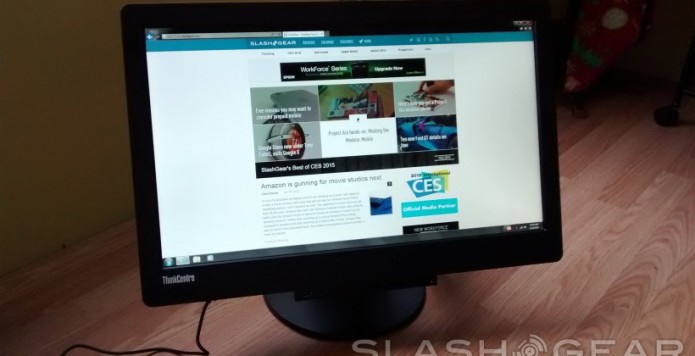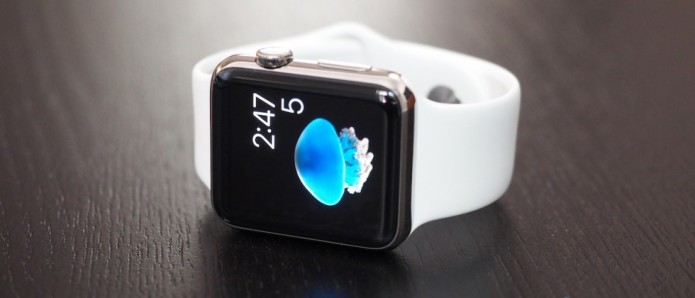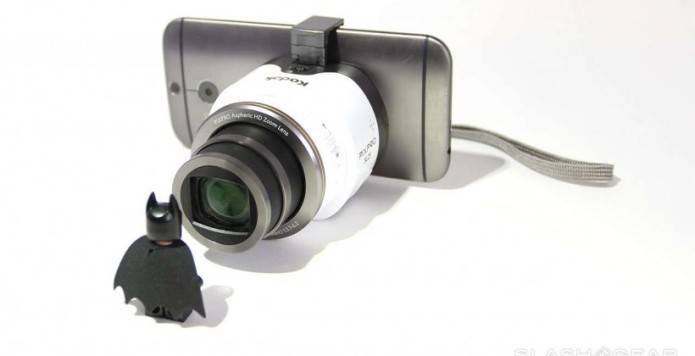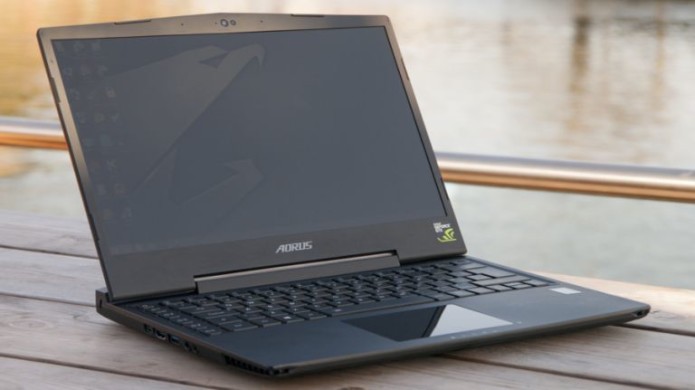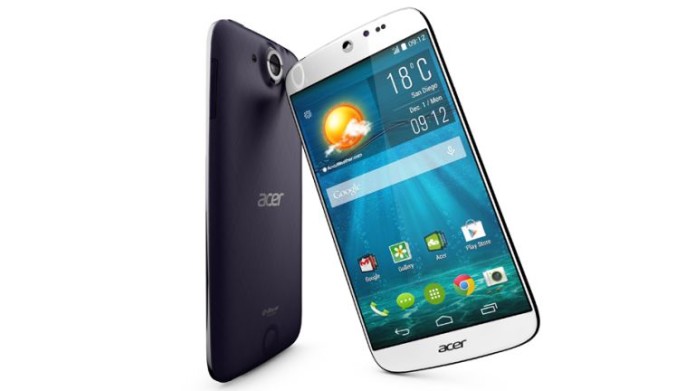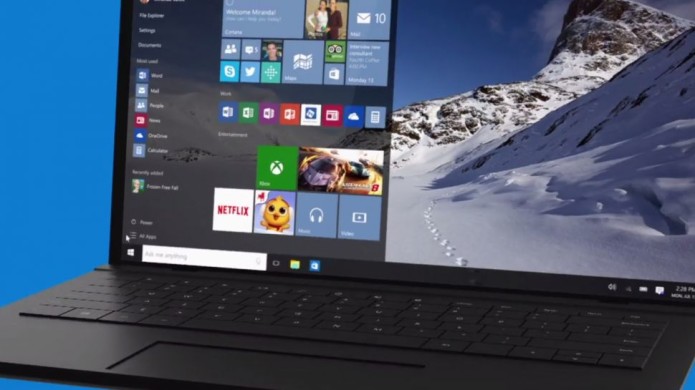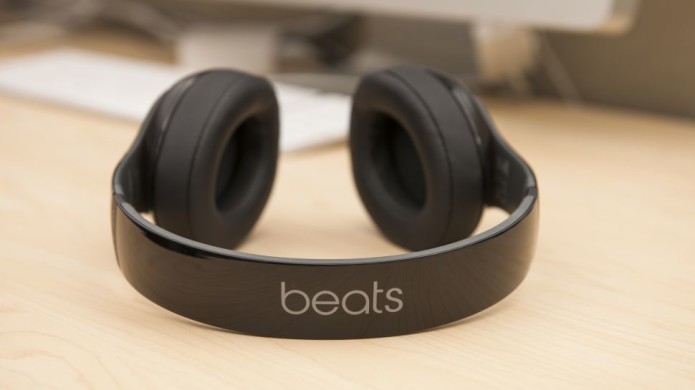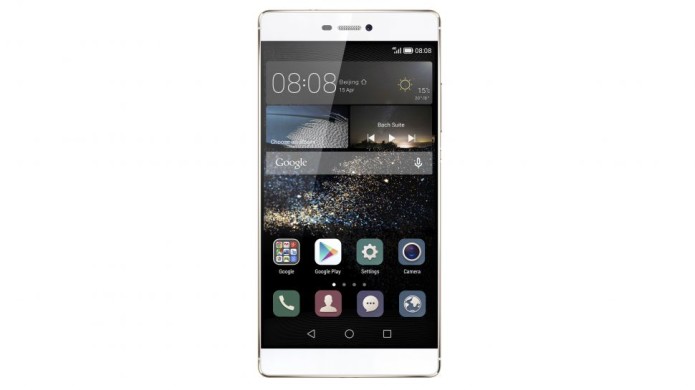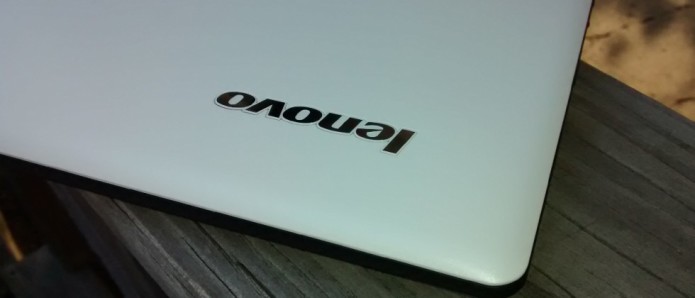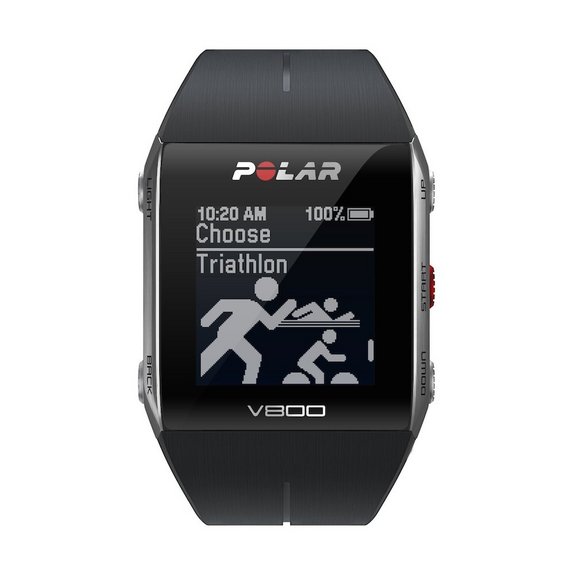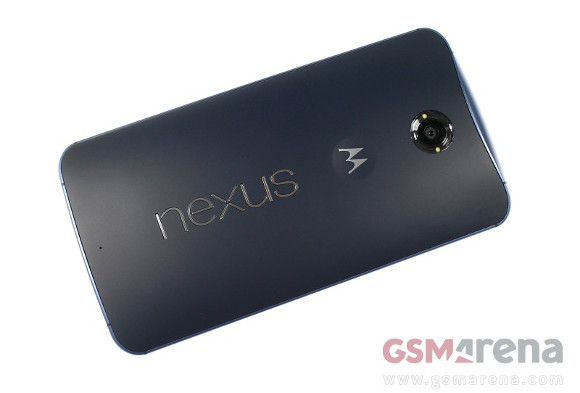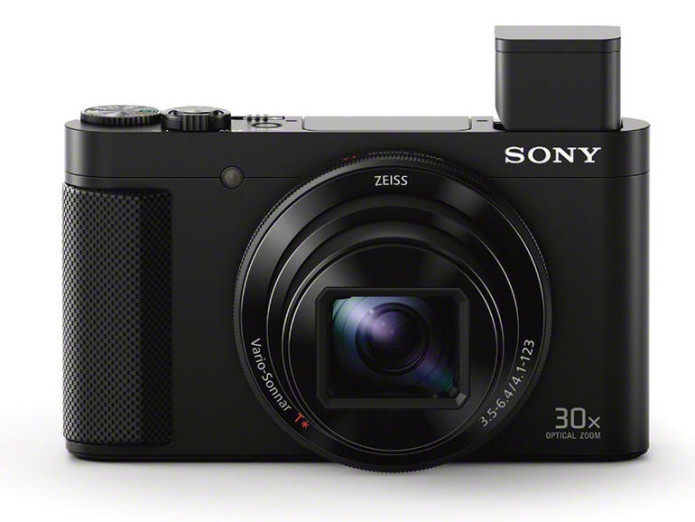The 2-in-1 isn’t a new platform, but it is a questionable one. Do you need a computer that snaps off into a tablet? The genre has its use cases, and Acer hopes to make a strong entry into the forum with their Aspire 10, a tablet-cum-computer offering that strikes a balance. With a 10-inch screen, the Aspire Switch 10 is an appropriately sized tablet, but does it work as a laptop, too?
Hardware
The Switch 10 is bulkier than you might hope for, but it’s a solid heft. The device feels quite stable for plastic, and has a decent weight that lets you know it’s there, but it’s not necessarily heavy. The tablet/screen houses the power/volume rocker, HDMI, Micro USB, and power ports. There is also a microphone, as well as a card reader.
The keyboard section houses a solo USB port, along with a fairly decent keyboard/trackpad. The keys have decent travel, and feel about as good when typing as expected on what amounts to an add-on keyboard. The dock for the screen/tablet is also there, with two plastic clips rising from the hinge area when not in use.
…
Read full post here:
https://www.slashgear.com/acer-aspire-switch-10-review-2-in-1-utility-with-a-tablet-price-tag-22334682/


